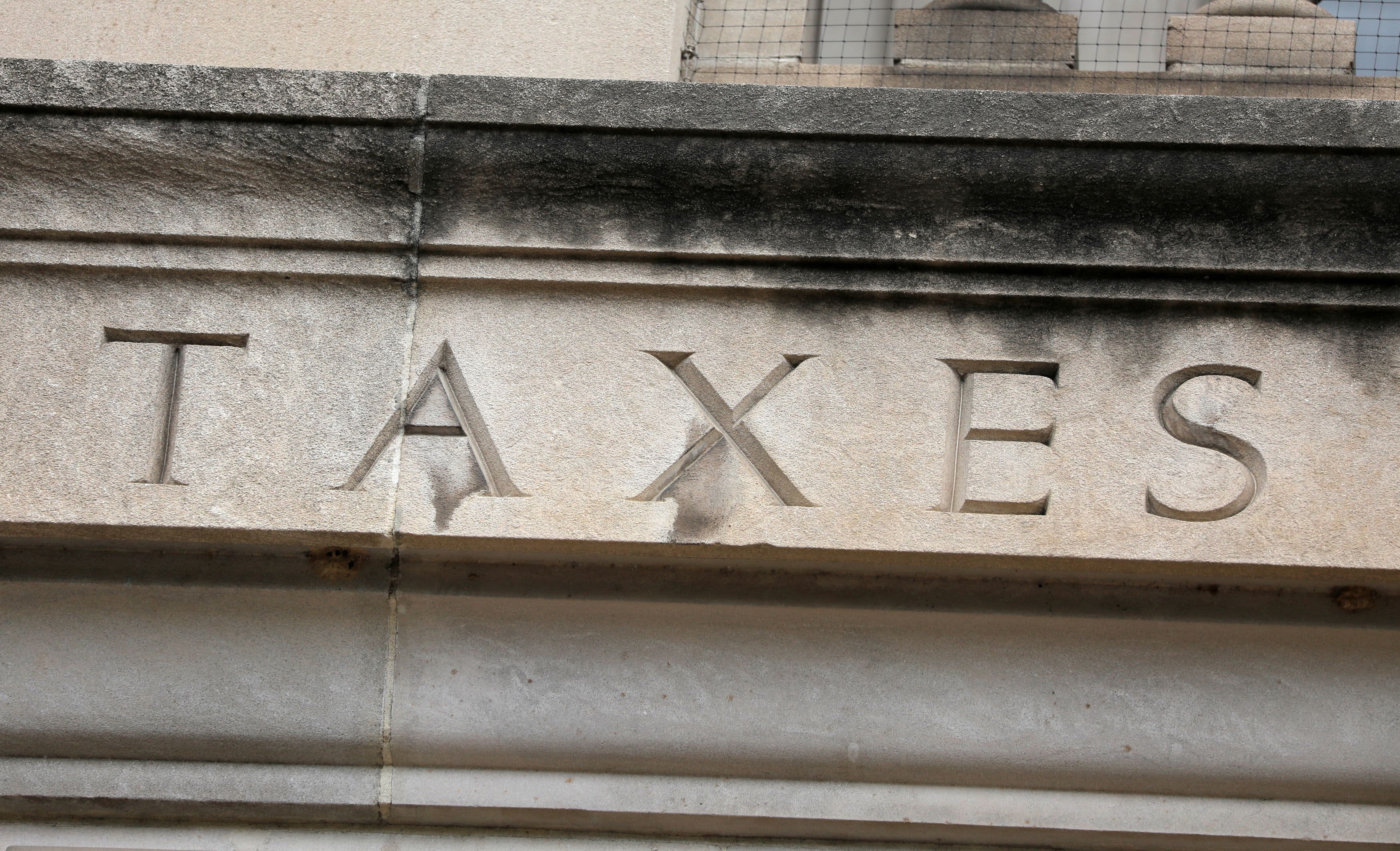You need about $2 million to retire comfortably in Hawaii—here are the 6 other most expensive states
Hawaii ranks as the least affordable state to retire in 2022, according to Bankrate's latest analysis. Check out the other most expensive states.

If you're dreaming of spending retirement lounging on one of Hawaii's pristine beaches, make sure you've saved up plenty of money.
That's because Hawaii ranks as the most expensive state to retire in 2022, according to recent data from Bankrate.
To calculate each state's level of affordability, Bankrate analyzed the Community and Economic Research's July 2022 cost of living index and the Tax Foundation's 2022 rankings for property and sales tax rates.
Here are the seven least affordable states to retire in 2022, according to Bankrate:
HawaiiCaliforniaConnecticutMassachusettsNew JerseyVermontRhode IslandIf you're set on retiring comfortably in Hawaii, you'll need about $2 million saved up, reports Sam Dogen, CNBC Make It contributor and author of "Buy This, Not That: How to Spend Your Way to Wealth and Financial Freedom."
"The median household income in Honolulu County, for example, is $88,000. If someone wanted to withdraw that $88,000 from their assets each year, they'd need about $2,200,000 in investments to withdraw at a rate of 4%," Dogen previously wrote.
However, most Americans don't have anywhere close to that amount saved. The typical American has about $35, 345 saved for retirement, according to Vanguard's 2022 "How America Saves" report.
But a "comfortable" retirement can mean different things to different people. It's important to first determine what that looks like for you, says Michael Liersch, head of advice and planning for wealth and investment management at Wells Fargo.
"When retirement is not defined, then it's very difficult to be prepared emotionally or financially speaking," he tells CNBC Make It.
Consider what matters most to you about retiring in a certain location and map out what it will cost to maintain your desired lifestyle, Liersch says.
"Putting pen to paper" can help you prepare for retirement now and "course correct along the way" if needed, he says. CNBC's decade-by-decade guide to retirement planning is a good place to start.
As for actually putting money away, if you're in your 20s or 30s, aim to start to maxing out your retirement contributions as much as you can afford, says Jeff Ostrowski, an analyst for Bankrate.
"The combination of compound returns over the decades and tax advantages for retirement savings will help set you up for a comfortable lifestyle after you're done working," he says.
Although financial planners recommend contributing around 15% of your income annually toward your retirement savings, most workers under 35 actually put away around 10.5%, according to Vanguard's survey.
It's OK to begin with what you can afford. But be sure you're at least getting your employer's full match, says Nilay Gandhi, senior wealth advisor at Vanguard.
From there, "increase your savings rate by 1% to 2% each year until you achieve the target savings rate of 12% to 15%," he says.
Sign up now: Get smarter about your money and career with our weekly newsletter
Don't miss: The 7 most affordable U.S. states to retire—and none of them are Florida


 Aliver
Aliver 
































